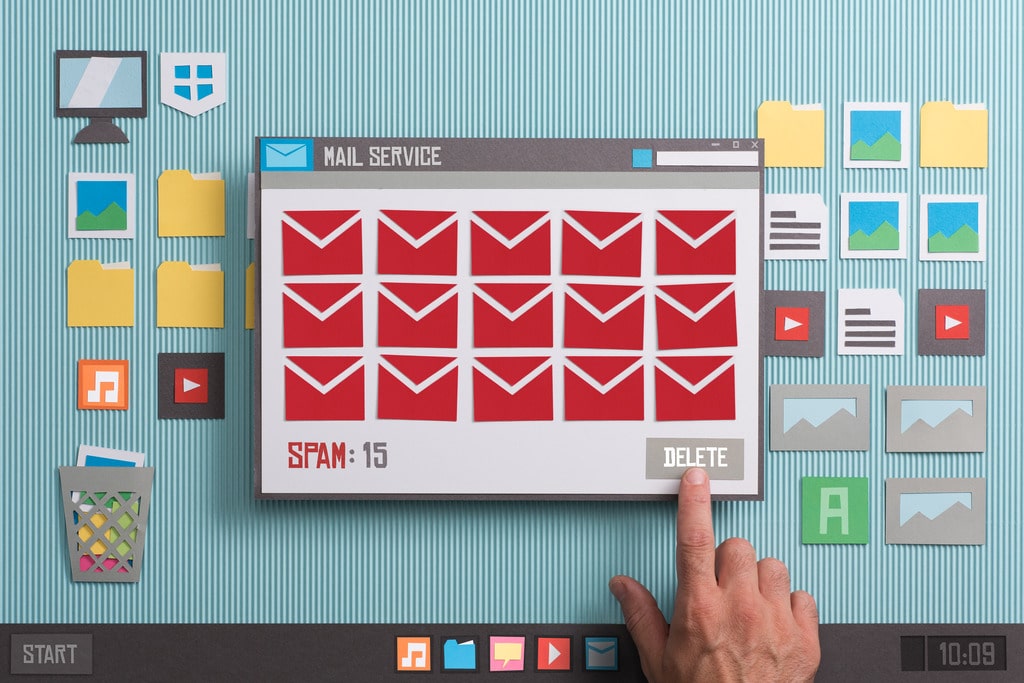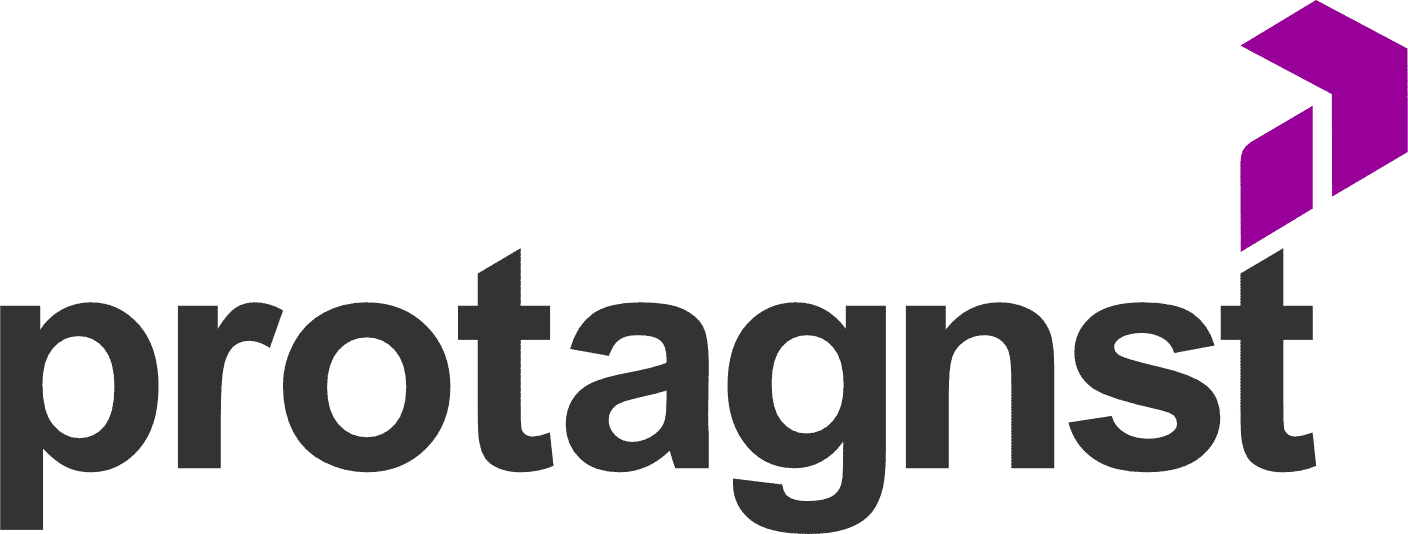High performance in sales: strategies to achieve success

Discover the Essential Strategies for Achieving High Sales Performance. Learn how to optimize your sales process, identify opportunities, and close deals efficiently. Get ready to become a true B2B sales champion. Achieve extraordinary results! High Sales Performance: Improving your B2B Sales Performance Are you looking for ways to improve your sales performance and achieve exceptional […]
How to prospect by phone to capture customers

Prospecting for customers over the phone can be an efficient strategy to increase sales and expand a company’s customer base. However, it’s essential to approach this activity in a structured and strategic way to achieve positive results. In this article, we’ll discuss the best practices and strategies to prospect customers over the phone effectively and […]
How to Conduct a Sales Survey: A Practical Guide to Increase Profitability and Enhance Your B2B Negotiations

Ever thought about how important it is to “probe” in sales? A lot of times, this crucial step gets skipped over by salespeople who are too focused on closing deals. But, over my time in the world of consultative selling, I’ve realized that probing is the heart of a successful sale. Understanding a customer’s needs […]
Sales Intelligence: Transform Your Performance with Effective Data and Strategies

Sales intelligence, both in English and Portuguese, has become a crucial element for optimizing sales processes in today’s landscape. This concept goes beyond simply collecting data and embraces the analysis and application of strategic information that allows sales teams to operate more effectively, personalized, and competitively. Have you ever wondered why some companies manage to […]
Discovering Snovio: everything you need to know to boost your lead generation

Snovio’s Top Features If you’re on the hunt for a powerful tool to supercharge your email marketing and lead generation strategies, Snovio might just be the game-changer you need. This software stands out for its features that simplify email finding and verification, plus it can automate your campaigns like a dream. Let’s dive into Snovio’s […]
Email Outreach Mastery: How to Stand Out in Busy Inboxes

In today’s digital age, where every inbox is inundated with a deluge of emails, mastering the art of email outreach has become a crucial skill for businesses and individuals alike. With attention spans shrinking and competition intensifying, it’s no longer enough to send generic emails and hope for the best. To truly stand out and […]
Sales Machine: Definitive Guide to Structuring Your Sales Machine

Attracting customers in a continuous flow is essential for a company to remain in the market, but growing a business’s sales is not a simple task. If you want to leverage your sales, maybe it’s time to learn what a sales machine is. The growth of a company depends on the joint work of different […]
Predictable revenue: how to get the most out of the methodology?

Are you related in any way to the business world and have never heard of predictable revenue? It’s time to change this scenario! Anyone who undertakes or manages a business knows how important it is to have financial control. In addition to cash flow and monthly expenses, being aware of how much the company will […]
What is outbound marketing?

There are countless ways to define marketing and sales strategies, but in the end they come together in two large groups: the inbound model and the outbound model. While inbound turns to learning and spontaneous searchby the leads, the outbound is active, does the opposite and goes in search of them. After all, what is […]
7 stages of the sales funnel: start with prospecting and end with loyalty

You’ve certainly heard of a sales funnel and know how important representation is for business. After all, it simply illustrates how a customer’s journey works, helping to develop strategies. There are numerous ways to present it, each with a more specific focus. And, in this article, we’re going to cover the 7 stages of the […]

